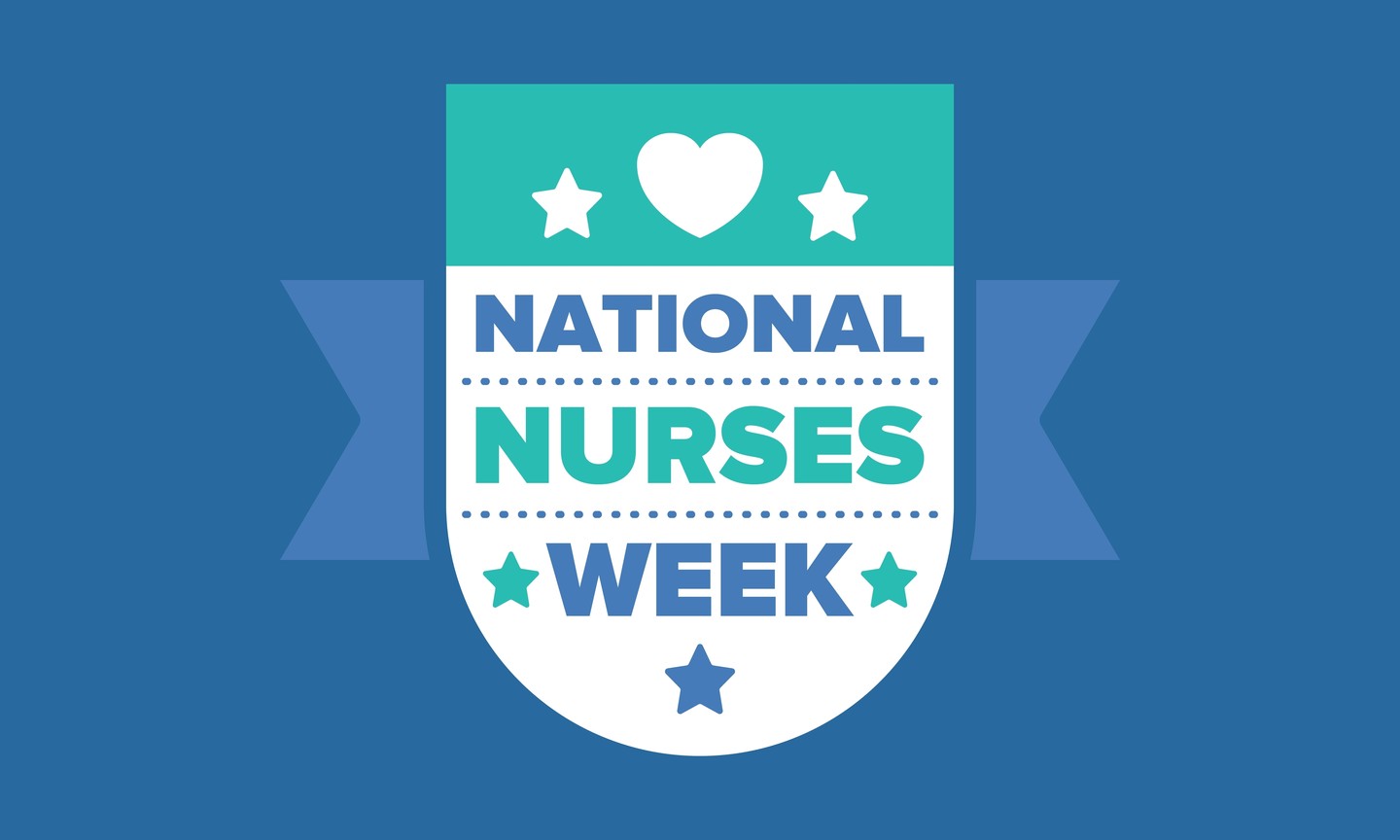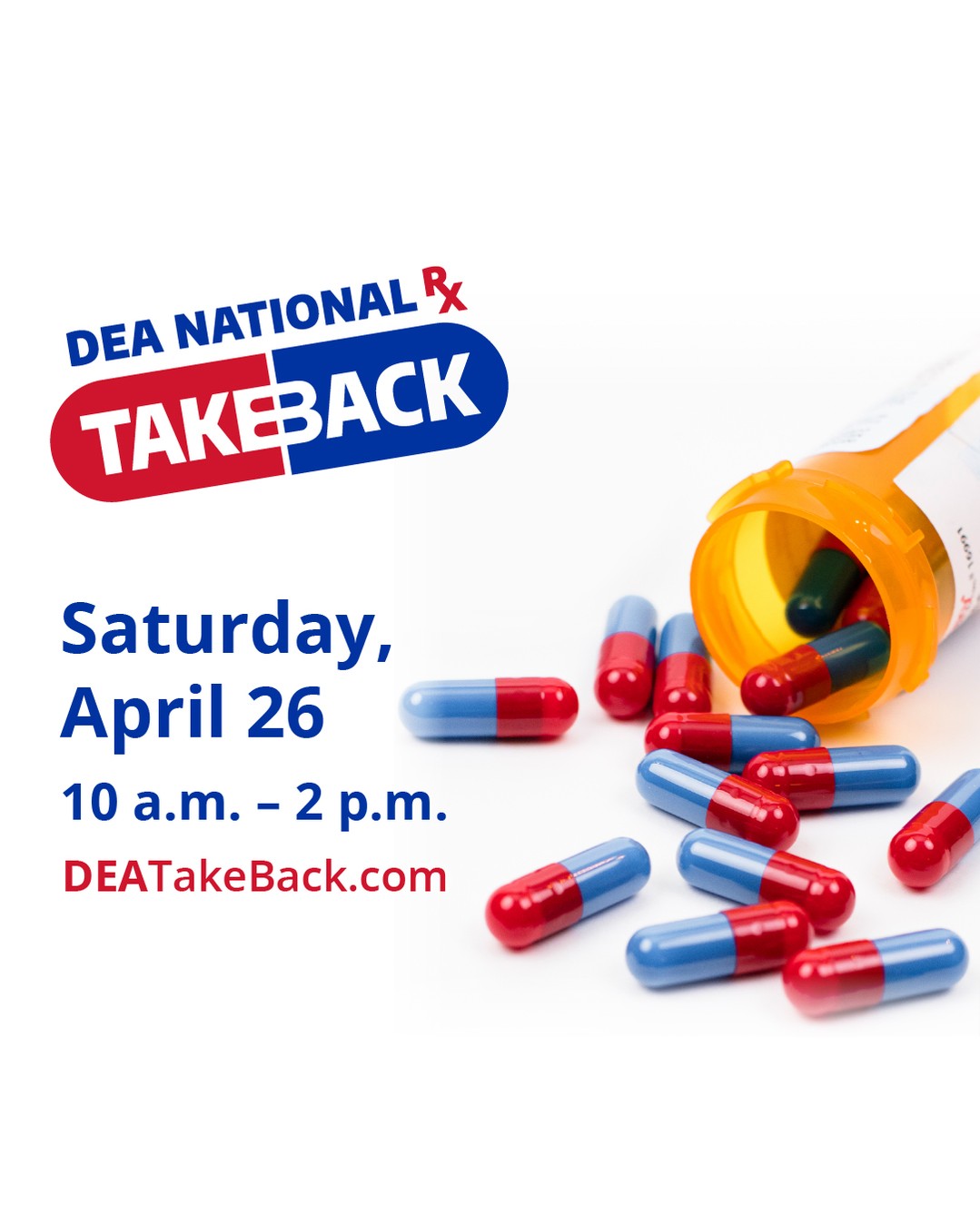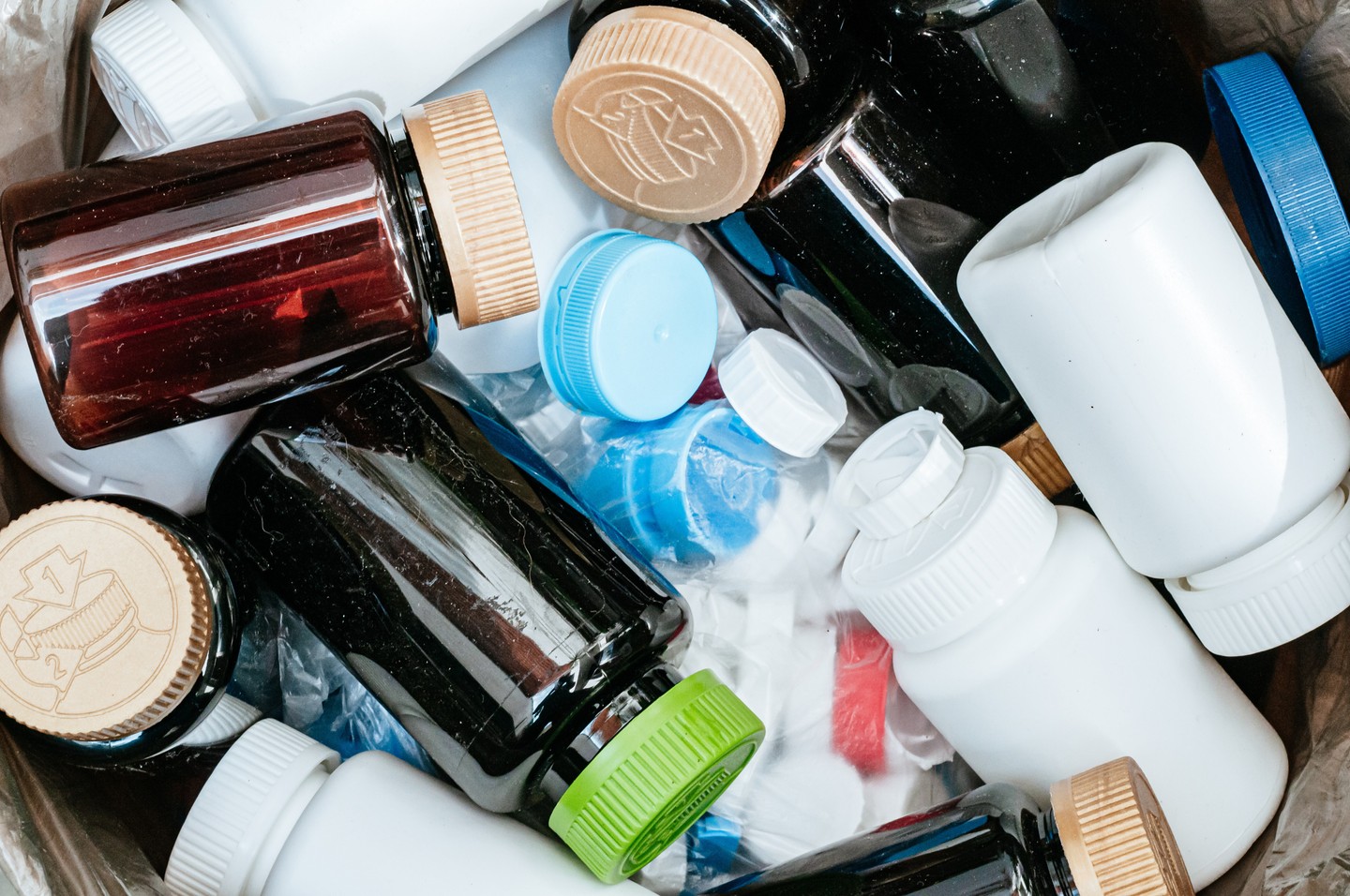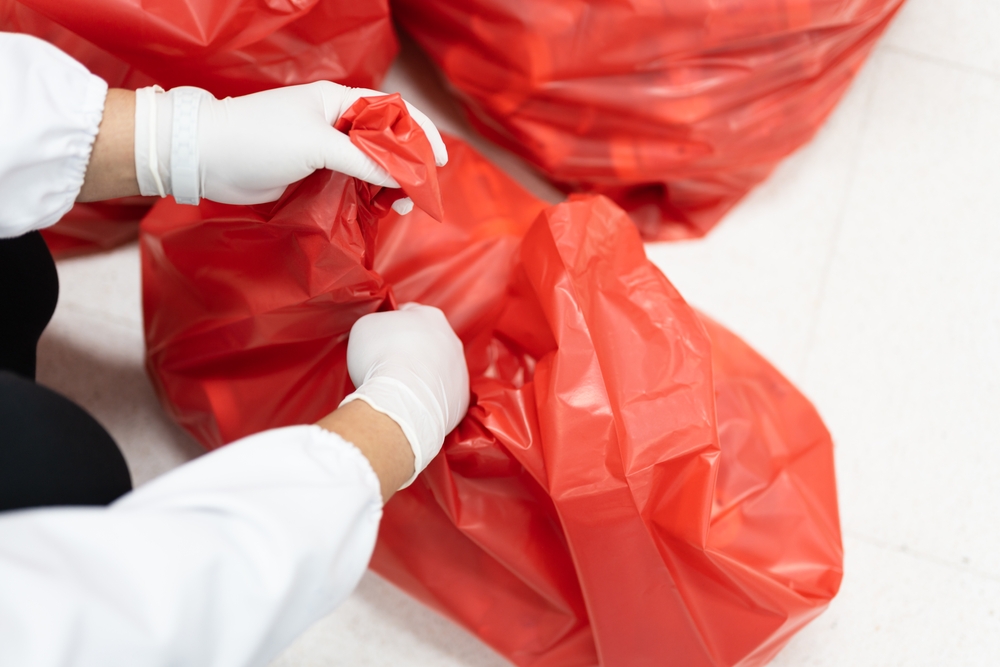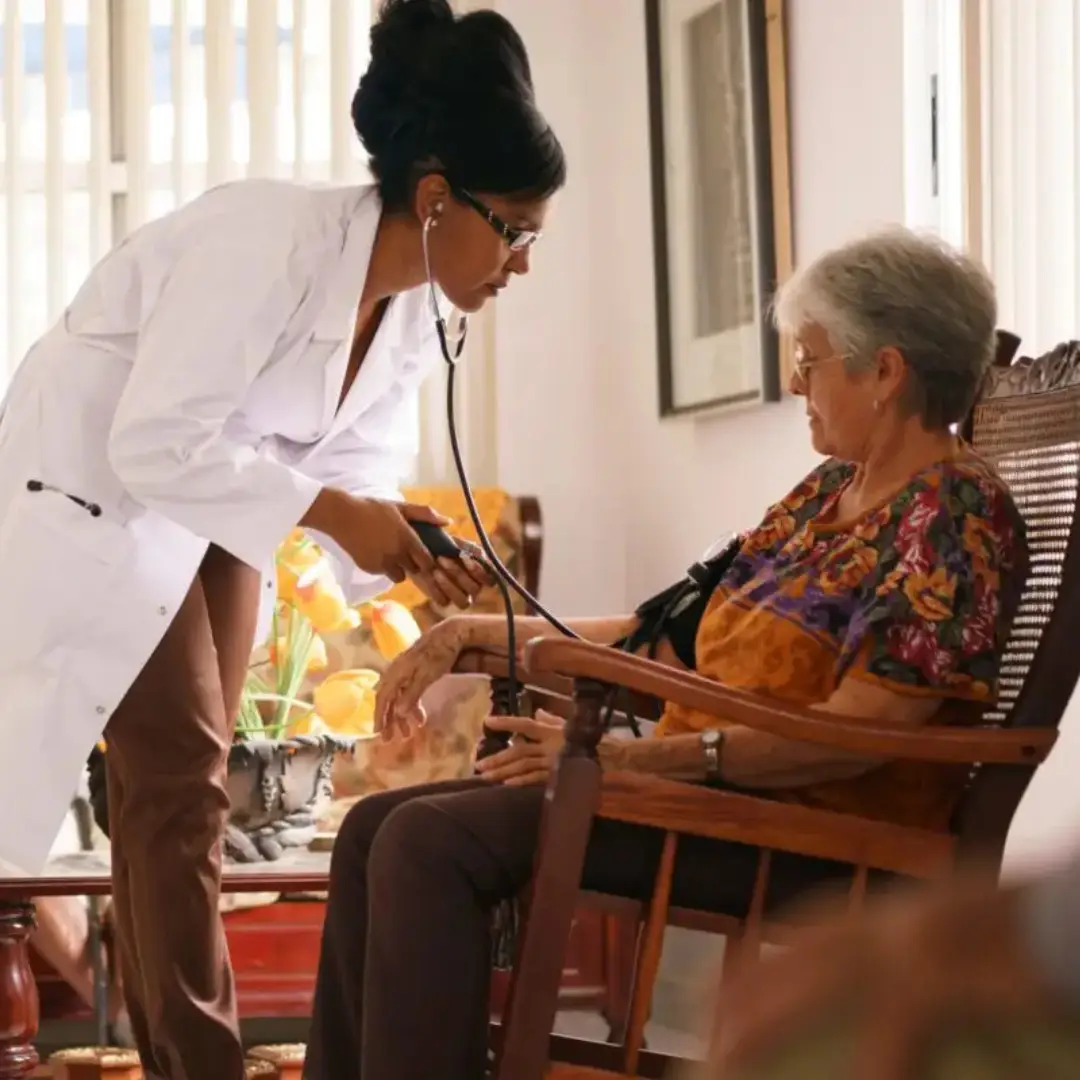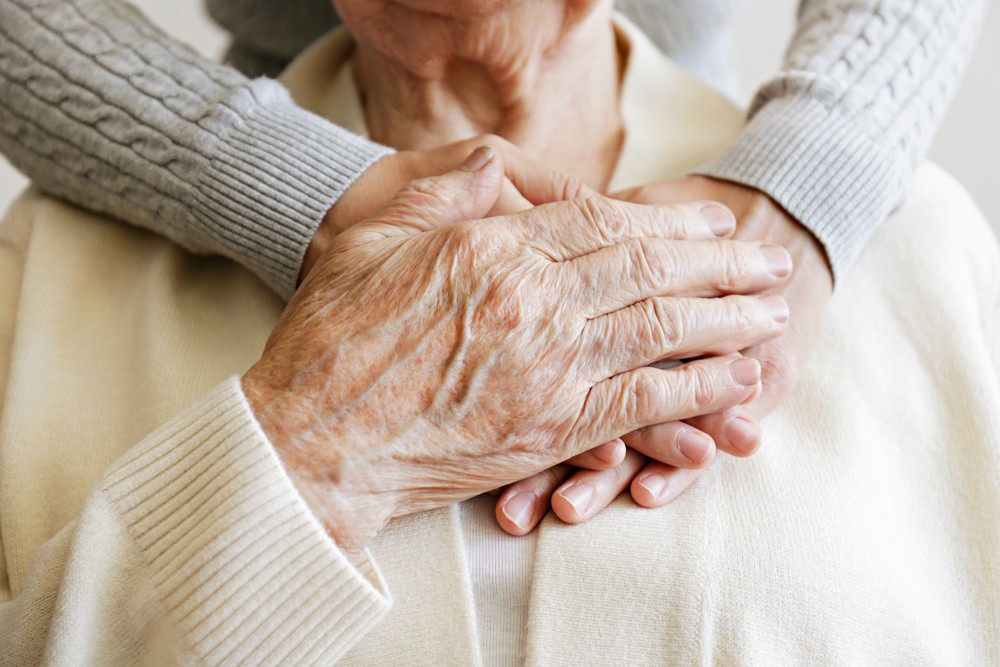Drug delivery device designers must consider patient capability in home environments rather than the typical devices engineered for healthcare professionals.
Needlestick injuries have fallen 30% since implementation of the U.S. Needlestick Safety and Prevention Act (NSPA) in 2001, but sharps injuries still remain a major occupational hazard. Every year, hospital-based healthcare personnel endure 320,000 needlestick injuries and other sharps-related injuries, roughly 1,000 sharps injuries per day. And, as self-administration in non-clinical settings continues to climb, needlestick prevention and best practice procedures must be transferred to the home environment. While typically designed with healthcare professionals in mind, manufacturers increasingly need to consider patients’ capabilities and the home environment during product design.
The wave of biological therapies fueling self-administration frequently must be administered via subcutaneous injection, requiring regular and accurate administration. Biologicals are well-suited to self-administration through prefilled safety syringes, eliminating dependency on a healthcare professional and putting patients in charge of their medication regimes.
With the safety syringe market growing, designers must focus on safety and recognize that certain features make devices more dangerous than others. Devices with hollow-bore needles or syringes that retain an exposed needle after use are very high-risk; 80% of needlestick injuries can be prevented with design. Disposable delivery devices such as pre-filled safety syringes for subcutaneous delivery are becoming a key sharps injury prevention tool.
Growing market
Globally, Market Data Forecasts estimates the pre-filled syringes market worth more than $772 million in 2018, expected to rise to more than $1.1 billion in 2023 – a compound annual growth rate (CAGR) of 8.1% – while the safety-engineered pre-filled syringe market is expected to grow at a 9.6% CAGR.
Ease of use and risks minimization are integral to successful device designs, offering reliability while minimizing the number of use steps required. A rheumatoid arthritis patient, for instance, must securely hold and safely operate the delivery device to ensure complete medication delivery. Older patients may also be less dexterous and could struggle with devices that have not been thoroughly reviewed by a robust human factors testing process. Automatically retracting needle mechanisms used in pre-filled safety syringes and auto-injector devices are easy to use and safe, and may significantly reduce the risk of dosage errors. Additionally, pre-filled syringes designed to prevent the plunger rod from being completely removed avoid drug spillage and wastage. Effective visual, audible, or tactile cues also alert the user that the correct dose has been successfully delivered.
Finally, it is one thing to have a great product concept, but value is undermined if problems arise further down the supply chain. Manufacturers should also be careful not to design over-engineered products with too many complexities that may present problems during development and manufacture. To ensure a high-quality experience for the end-user, manufacturers must pay attention to device design.
